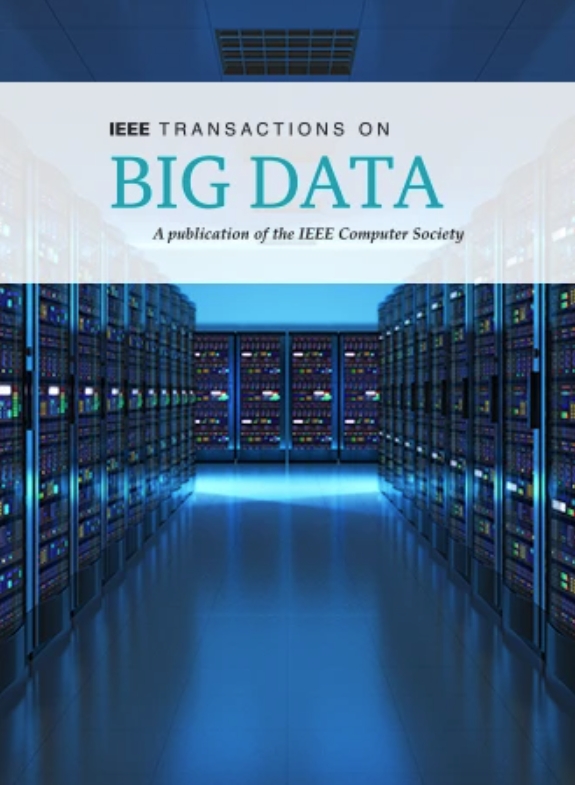Graph Structure Aware Contrastive Multi-View Clustering
IF 7.5
3区 计算机科学
Q1 COMPUTER SCIENCE, INFORMATION SYSTEMS
引用次数: 0
Abstract
Multi-view clustering has become a research hotspot in recent decades because of its effectiveness in heterogeneous data fusion. Although a large number of related studies have been developed one after another, most of them usually only concern with the characteristics of the data themselves and overlook the inherent connection among samples, hindering them from exploring structural knowledge of graph space. Moreover, many current works tend to highlight the compactness of one cluster without taking the differences between clusters into account. To track these two drawbacks, in this article, we propose a graph structure aware contrastive multi-view clustering (namely, GCMC) approach. Specifically, we incorporate the well-designed graph autoencoder with conventional multi-layer perception autoencoder to extract the structural and high-level representation of multi-view data, so that the underlying correlation of samples can be effectively squeezed for model learning. Then the contrastive learning paradigm is performed on multiple pseudo-label distributions to ensure that the positive pairs of pseudo-label representations share the complementarity across views while the divergence between negative pairs is sufficiently large. This makes each semantic cluster more discriminative, i.e., jointly satisfying intra-cluster compactness and inter-cluster exclusiveness. Through comprehensive experiments on eight widely-known datasets, we prove that the proposed approach can perform better than the state-of-the-art opponents.图形结构感知对比多视图聚类
多视图聚类因其在异构数据融合中的有效性而成为近几十年来的研究热点。虽然大量相关研究相继问世,但大多数研究通常只关注数据本身的特征,忽略了样本之间的内在联系,阻碍了对图空间结构知识的探索。此外,目前的许多研究都倾向于突出一个聚类的紧凑性,而不考虑聚类之间的差异。为了克服这两个缺点,我们在本文中提出了一种图结构感知对比多视角聚类(即 GCMC)方法。具体来说,我们将精心设计的图自动编码器与传统的多层感知自动编码器相结合,提取多视角数据的结构和高层表示,从而有效地挤压样本的底层相关性,用于模型学习。然后对多个伪标签分布进行对比学习范式,以确保正对伪标签表征在不同视图之间具有互补性,而负对间的分歧足够大。这就使得每个语义簇更具区分度,即共同满足簇内紧凑性和簇间排他性。通过在八个广为人知的数据集上进行综合实验,我们证明了所提出的方法比最先进的对手表现得更好。
本文章由计算机程序翻译,如有差异,请以英文原文为准。
求助全文
约1分钟内获得全文
求助全文
来源期刊

IEEE Transactions on Big Data
Multiple-
CiteScore
11.80
自引率
2.80%
发文量
114
期刊介绍:
The IEEE Transactions on Big Data publishes peer-reviewed articles focusing on big data. These articles present innovative research ideas and application results across disciplines, including novel theories, algorithms, and applications. Research areas cover a wide range, such as big data analytics, visualization, curation, management, semantics, infrastructure, standards, performance analysis, intelligence extraction, scientific discovery, security, privacy, and legal issues specific to big data. The journal also prioritizes applications of big data in fields generating massive datasets.
 求助内容:
求助内容: 应助结果提醒方式:
应助结果提醒方式:


